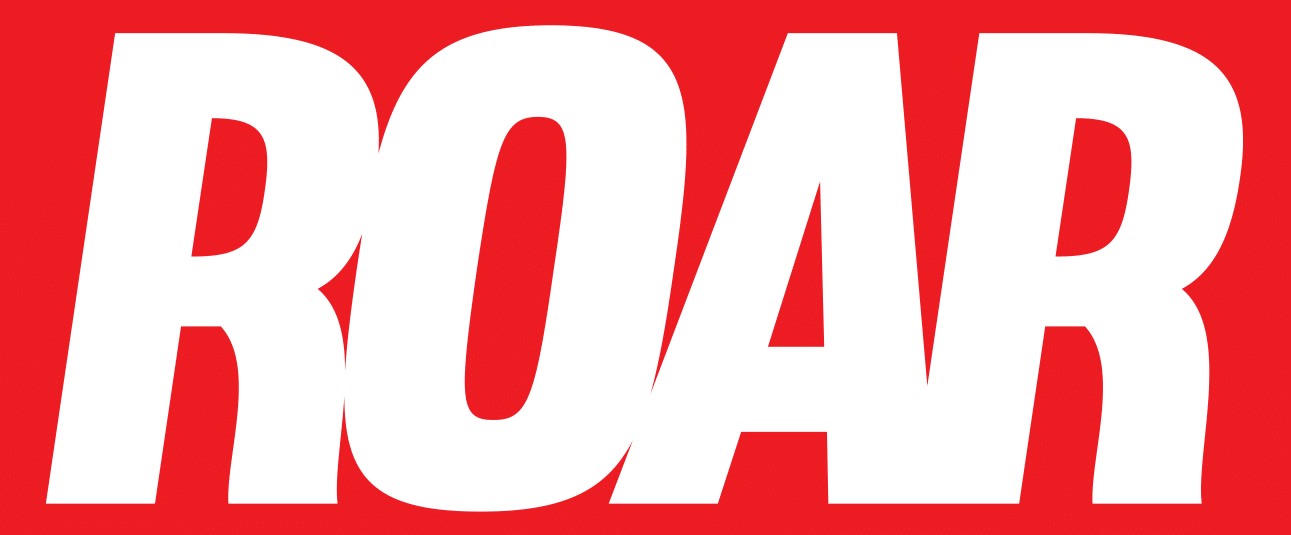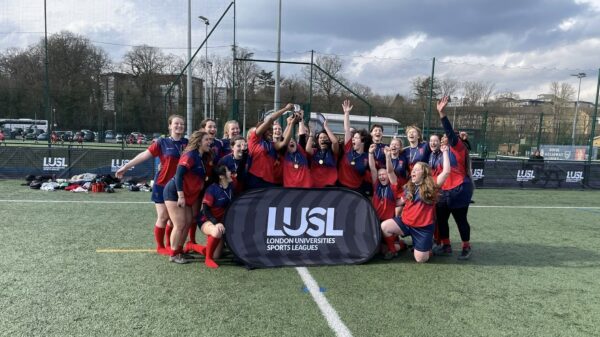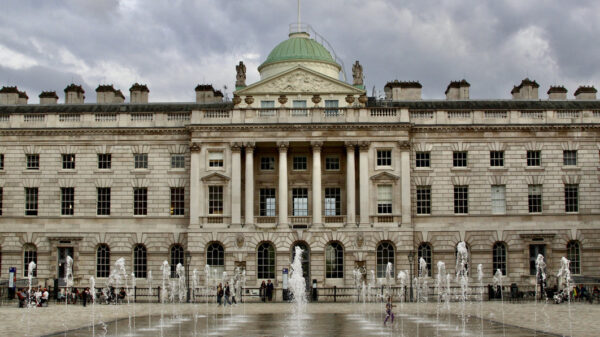Roar writer George Jackson on how rising food & drink costs at KCLSU venues are hurting students and reinforcing a narrative that King’s is only for the elite
Many have noticed that the price of food at KCL’s various venues has increased. You may be in need of a quick fix one morning and go to a cafe at Bush House to pick up a can of Pepsi (£1.10) and a chocolate brownie (£2.80), only to buy the same items at Guy’s campus later that day. If you find yourself doing this, you’ll probably notice that the prices are identical.
This is because both venues you bought the drinks from are run by the student union (KCLSU). However, venues do differ in price depending on who runs them. If you buy certain products from an establishment owned by the actual university, there is an increasingly clear difference in pricing between the two organisations.
A good example is the price of pizza on campus. At Bush House alone, The Vault (run by the union) charges £6 for a Margherita pizza. However, King’s Kitchen (run by KCL) offers the same meal for £4.20. The two venues are seconds away from each other by foot, and yet KCLSU prices are evidently more expensive.
The student union has not responded to our request for comment on this issue.
The role of the union
One of the reasons KCLSU exists is to make the lives of students at King’s easier, something evident in their mission statement: “make sure every King’s student has the best student experience possibleâ€. This includes making efforts to make student life more affordable.
Some people at the university may not be too concerned by these differences in price. After all, a number of people aren’t even on campus this year due to the Covid-19 pandemic. Some simply aren’t bothered by the pricing, either having less financial concerns or not being interested in the products on offer. However, when the student union is charging higher prices for nourishment than university-owned venues, this may be cause for concern.
What students think
One student who wished to stay anonymous described the prices on campus as “ridiculously expensiveâ€, especially those for soft drinks and coffees in venues at Bush House. He noted that the price of food was also up. This ultimately pushed the student to stop buying food on campus.
He didn’t clarify as to whether the venues in question were run by King’s or KCLSU. The high prices at both KCL and KCLSU venues and in London more broadly have been a challenge for the student and others that he knows.
A number of other students didn’t seem as concerned by the prices on campus. Some of those questioned hadn’t noticed a significant gap between venues run by KCLSU and those run by the university, nor a change in prices. However, several people on campus have noticed that venues run by King’s itself had recently become “cheaper†compared to those operated by the union.
A university for the elite only?
It is no secret that King’s has gained a reputation for attracting those from more privileged backgrounds while being out of reach for the average student. KCL students are disproportionately from private schools and the university scores relatively low on access metrics. However, findings from a recent study reveal that King’s is making a considerable effort to make access to education easier for students from disadvantaged backgrounds. The college has set an ambitious goal of eliminating the access gap for students from particular socioeconomic backgrounds by 2024/25.
Not only does the university manage to attract an array of people from across the globe, it has also become an institution where coming from a low-income household doesn’t have to be a bar to success. Degrees from King’s often lead to significantly higher career prospects and employment opportunities than other universities.
This gap in food prices between venues run by the union and those attached to the university is an issue in its own right, but it could also be indicative of broader gaps between students on campus from different financial backgrounds. Whilst the union has a number of initiatives that could be of benefit to students with less cash to spare, such as the KCLSU’s One World Festival, which included events offering free food, the gap in prices signals a potential failure to adequately look out for student welfare.
Are there larger forces at play?
Nonetheless, as was suggested earlier, there may be other factors affecting prices on campus outside of KCLSU’s control. Accoriding to the Office for National Statistics (ONS), the UK’s inflation skyrocketed to a record high 5.4% at the end of 2021 mostly due to global supply chain shortages and Brexit.
Further factors, such as the forthcoming rise in the national minimum wage have also put extra pressure on businesses. However, this does not exactly explain why KCLSU prices have increased. The minimum wage hike has not been implemented yet so there is no need to pay staff more just yet. Moreover, rising inflation also does not explain price differences between venues run by the union and those of the university. Surely these issues would affect both the university and KCLSU.
So, if certain factors within the macroeconomic climate don’t explain the price rises, nor price gaps, then why is nourishment at KCLSU venues dearer? It is important to remember that the pandemic has led to a decline in revenues. During the second lockdown in the UK alone, KCLSU’s commercial activities declined by approximately 84%.
Perhaps the lower revenues gained over the past two years and the need to maintain staff and facilities could be instrumental in the rise in food prices at KCLSU eateries. Furthermore, it can be argued that the university has more financial capital at its disposal than the union, so it can offer lower prices at present.
Currently, it remains unclear why the price gap exists. Numerous students are beginning to notice the difference, some even opting to boycott KCLSU venues and get a cheaper meal elsewhere. If the union remains concerned about its revenues and the welfare of students on campus, it may be time to offer an explanation.

















